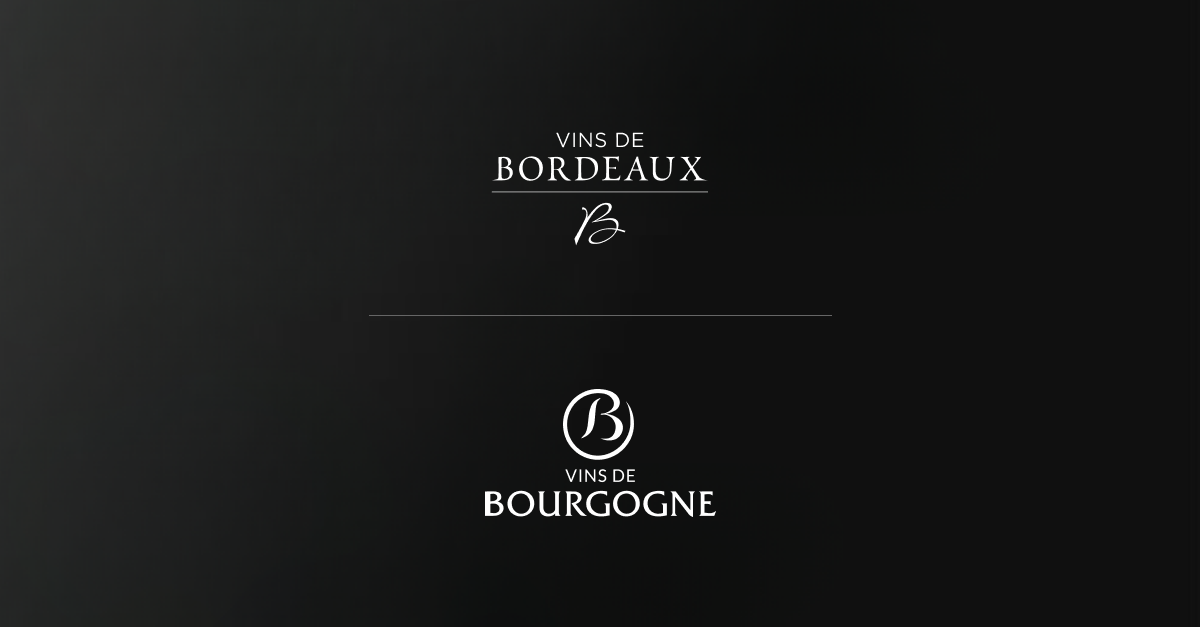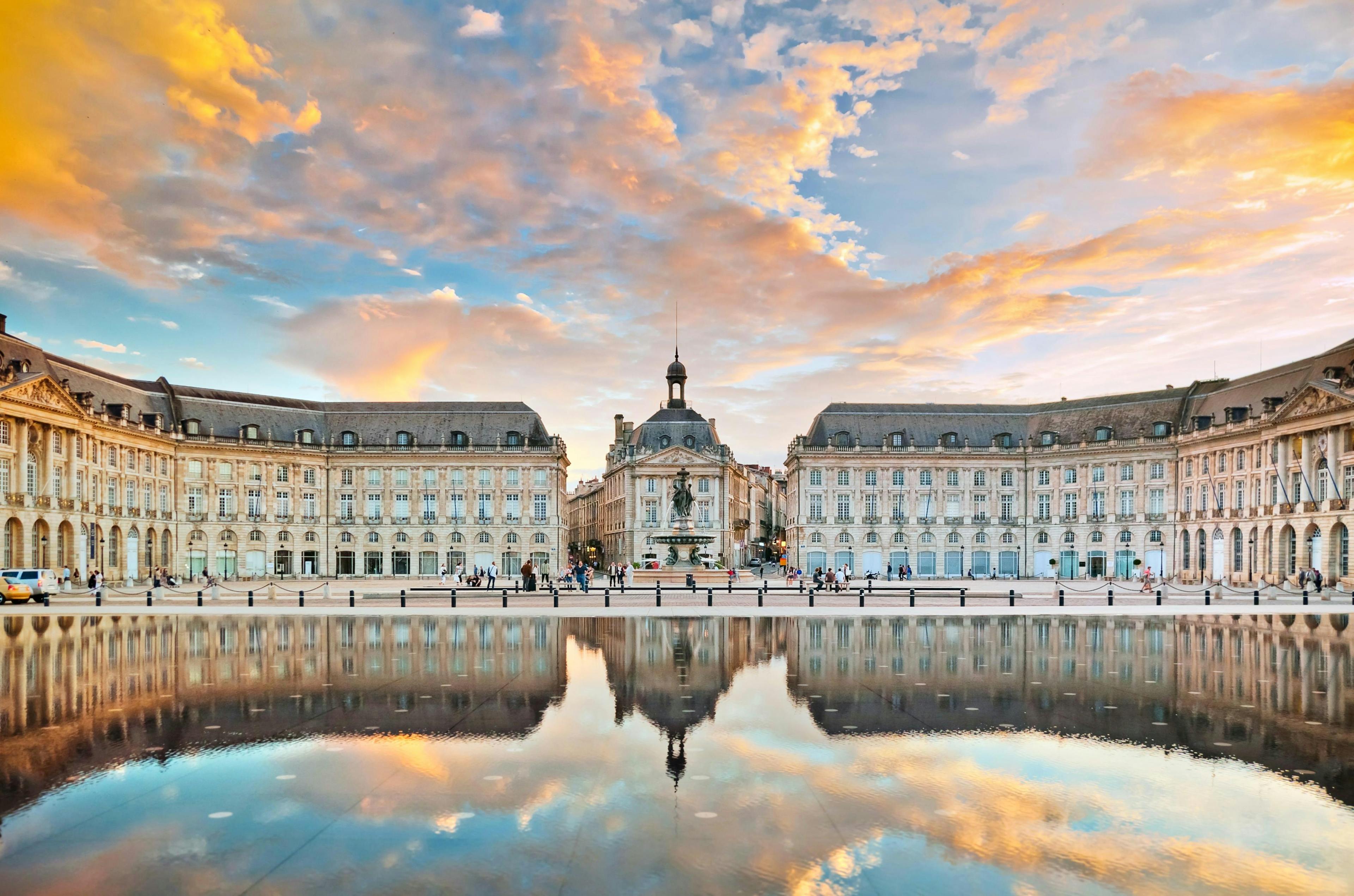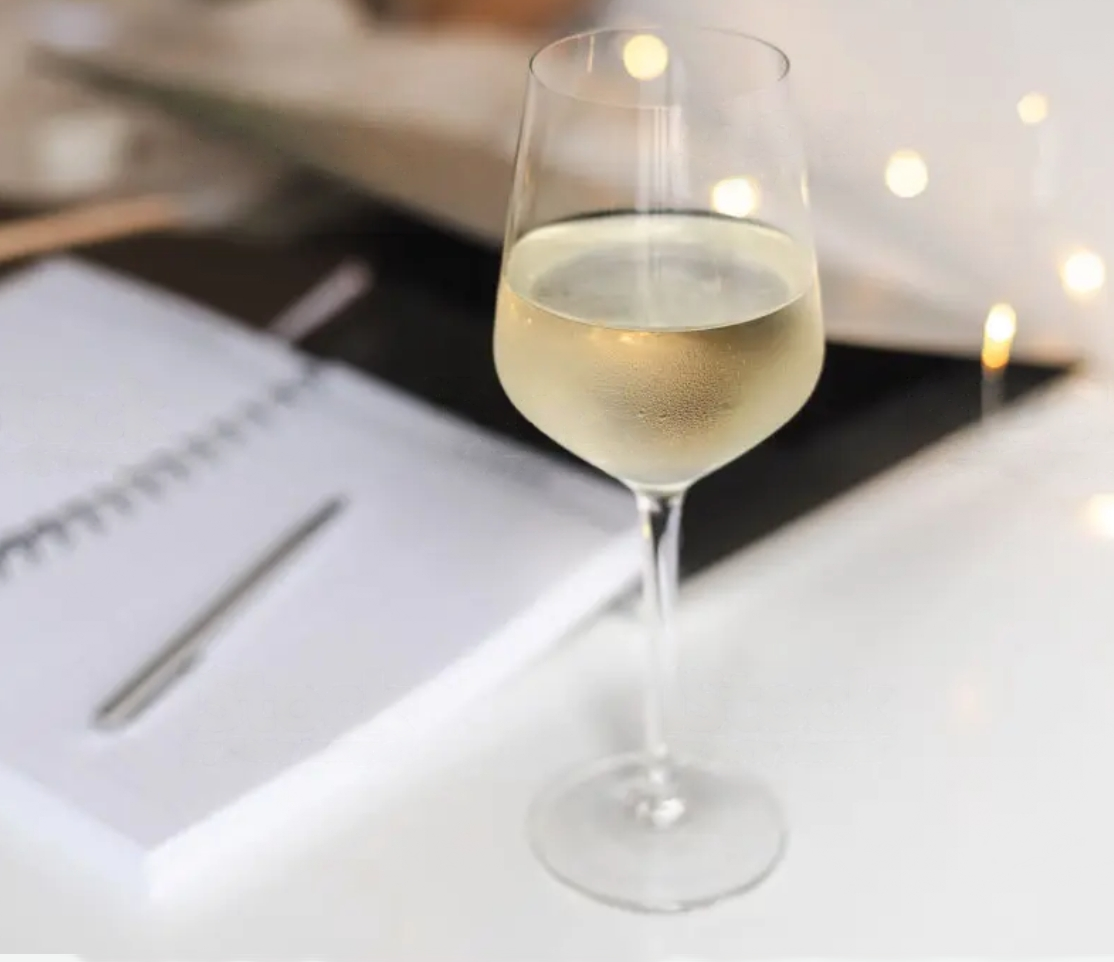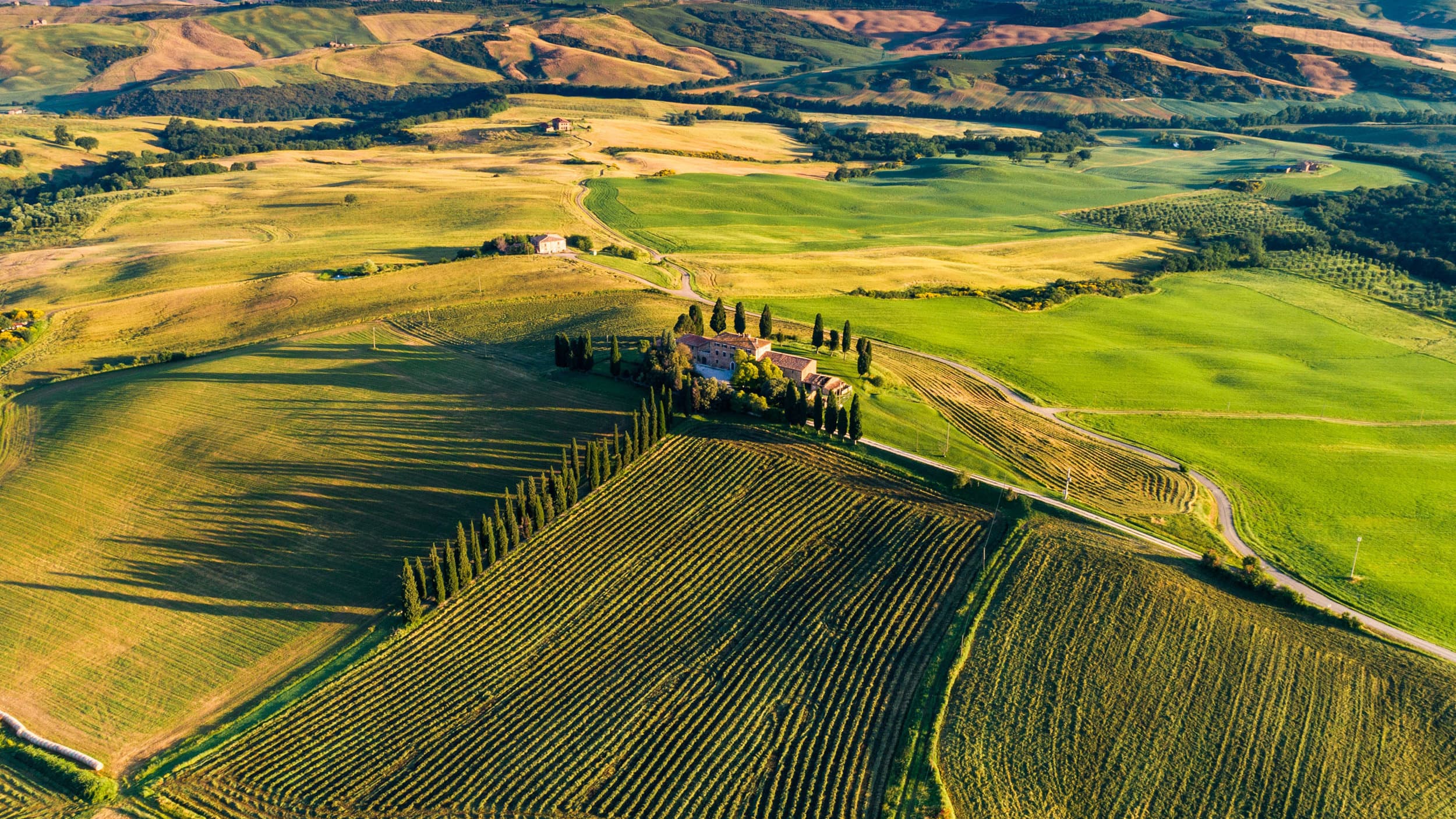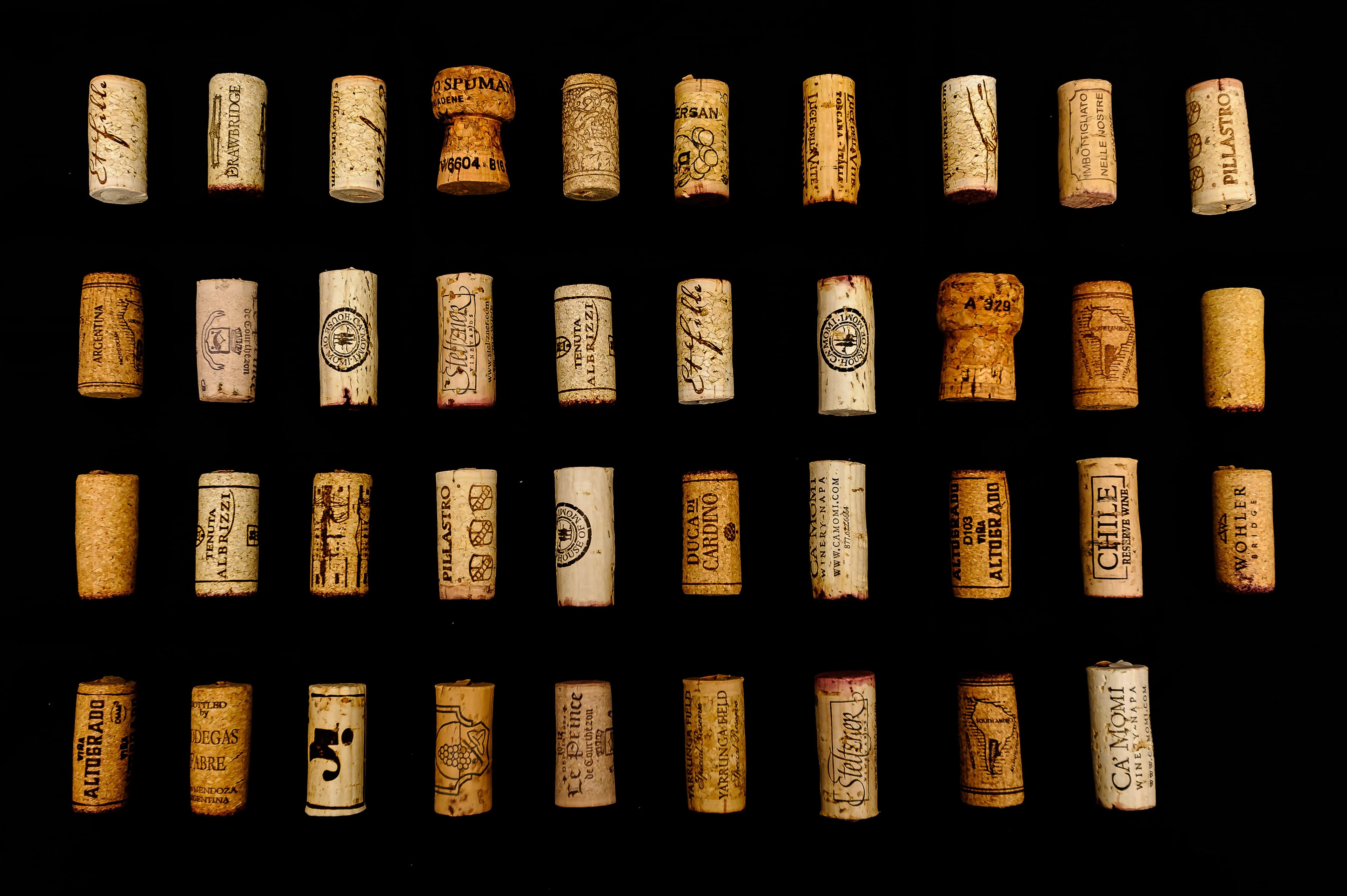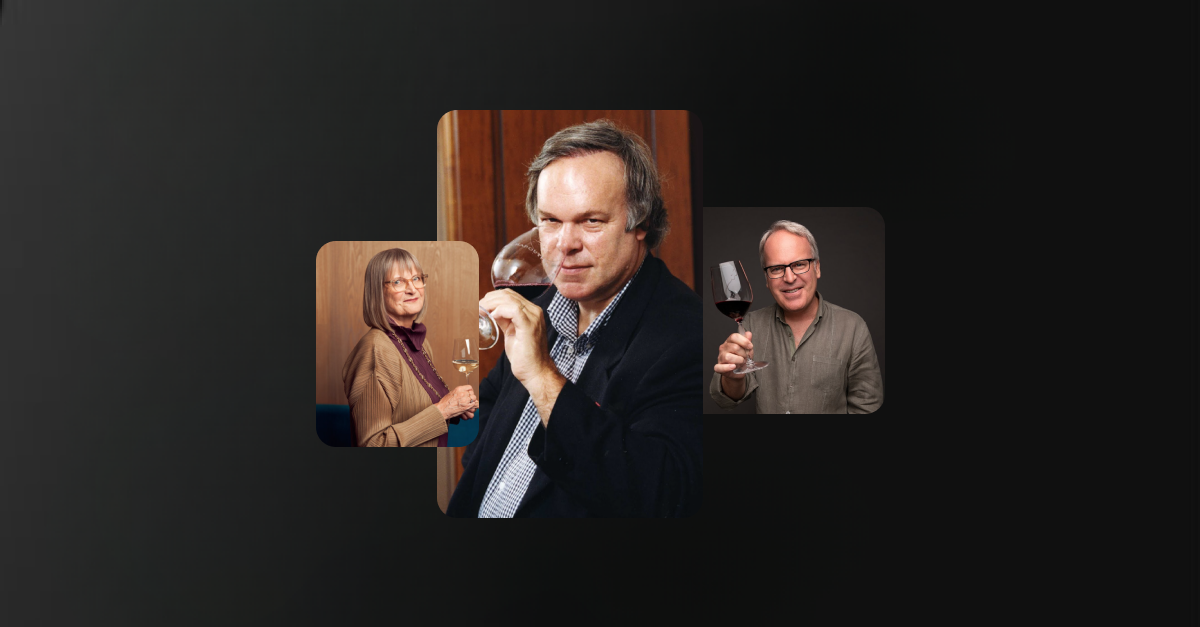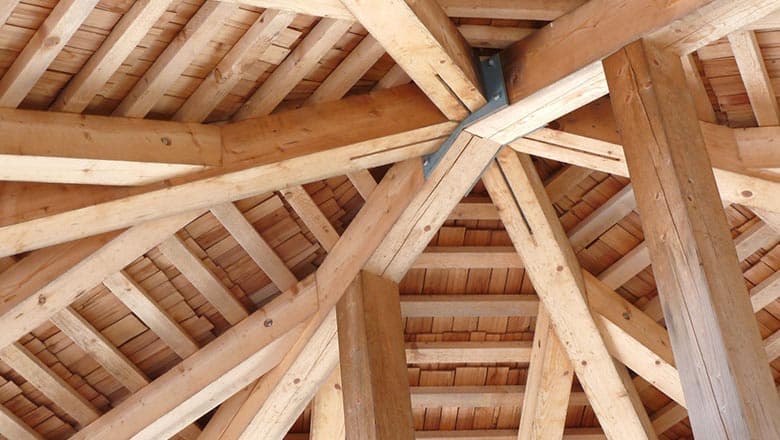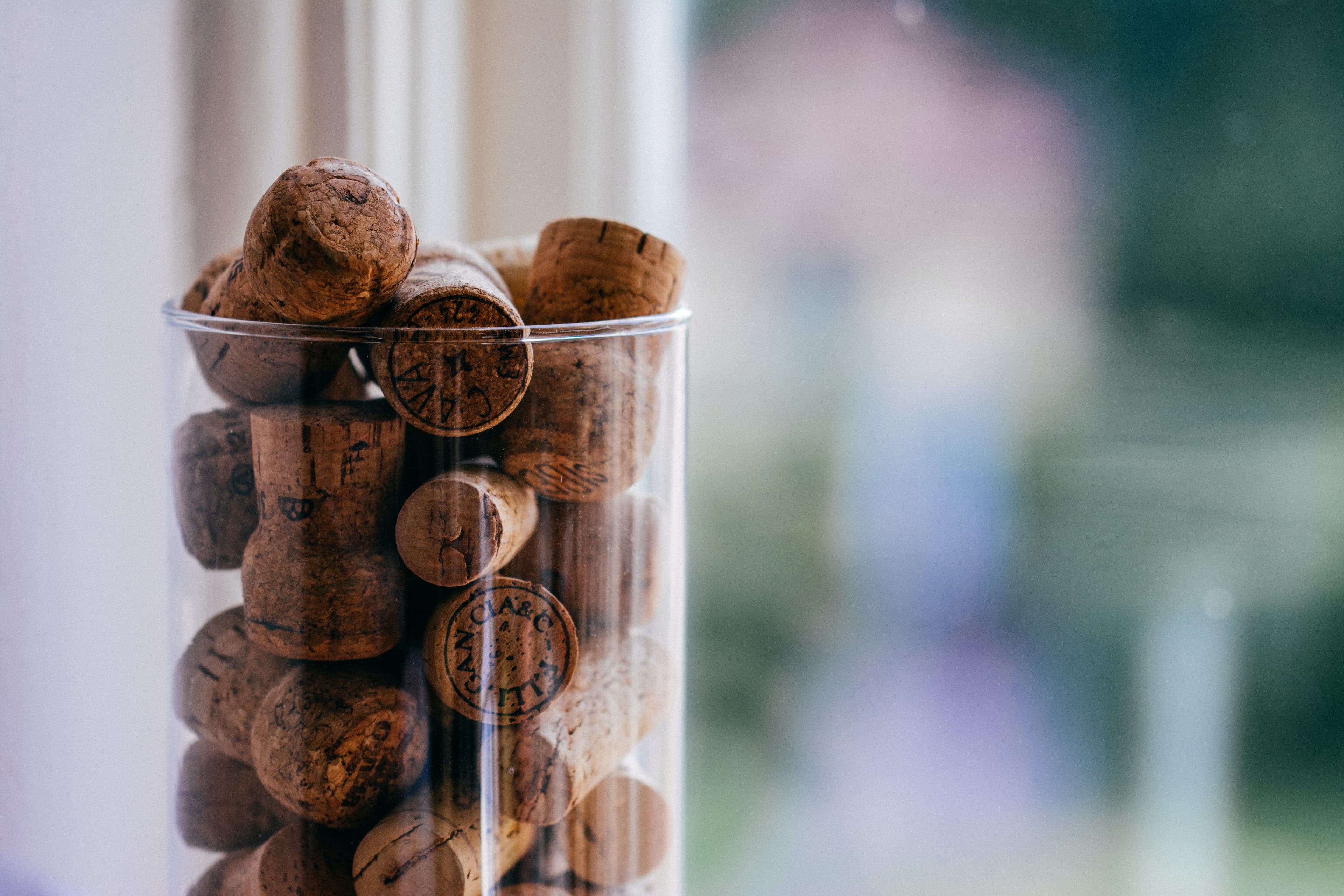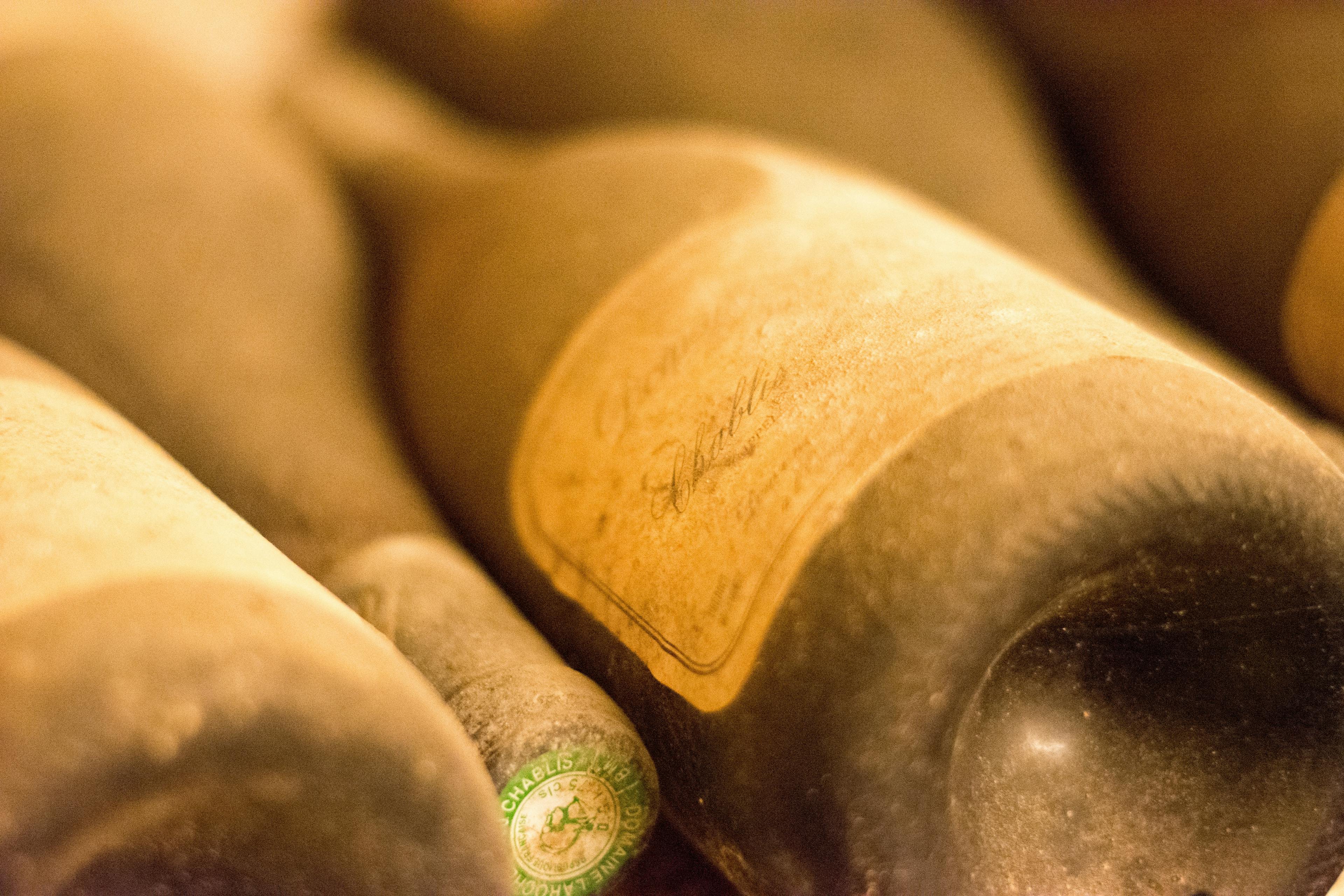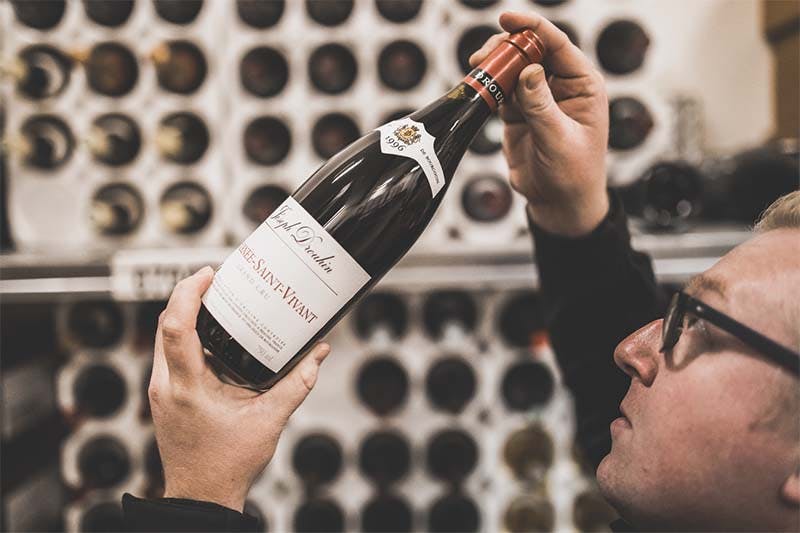
Serving Bollinger, the prestigious champagne, requires a touch of finesse and knowledge to fully appreciate its quality. Whether you're celebrating a special occasion or enjoying a luxurious evening, knowing how to properly serve Bollinger can significantly enhance the experience. From selecting the right glassware to understanding the ideal serving temperature, this guide will cover all the essential steps. Additionally, proper handling and storage are crucial to maintain the champagne's exquisite flavor and effervescence. Dive into our comprehensive guide on Bollinger to ensure your next toast is as memorable as the champagne itself.
Choosing the Right Glassware for Bollinger
Selecting the appropriate glassware for Bollinger enhances the tasting experience, emphasizing the champagne's rich aromas and fine bubbles. The ideal choice is a tulip-shaped glass, which combines the benefits of both flute and wide-brimmed styles. This design allows for ample surface area, aiding in the release of the champagne's bouquet while the tapered top captures and focuses the aromas, making each sip a deeper sensory experience.
Tulip Glass: Offers a balanced structure that supports the effervescence and aroma concentration, perfect for Bollinger.
Flute: Traditionally used for all sparkling wines, its narrow shape helps in preserving the carbonation but may restrict the development of more complex aromas.
White Wine Glass: A viable alternative, providing more room for the wine to breathe, which can enhance the flavor profile of aged vintages like Bollinger.
For those looking to store their Bollinger effectively, maintaining the right environment is crucial. Proper storage ensures that the champagne retains its quality and complexity over time.
Ideal Serving Temperature for Bollinger
When serving Bollinger, achieving the ideal temperature is crucial for enhancing its flavors and aromas. Typically, the optimal serving temperature for Bollinger is between 8°C and 10°C (46°F to 50°F). At this range, the subtle nuances and delicate effervescence of the champagne are best appreciated.
To ensure Bollinger reaches this temperature, place the bottle in a bucket filled with ice and water for about 30 minutes before serving. This method is more effective than refrigeration alone, as it cools the champagne more evenly.
Once served, maintaining the temperature is also important. Using a thermal champagne bucket can help keep Bollinger at the ideal temperature throughout the duration of its consumption.
For those interested in enhancing their experience, exploring various food pairings can elevate the tasting session. Pairing Bollinger with the right dishes can highlight its unique characteristics, making each sip a memorable one. Here are a few suggestions:
Fresh oysters or other shellfish
Lightly seasoned white fish
Soft cheeses like brie
Simple pasta dishes with a white sauce
Each pairing complements the champagne's complexity, ensuring a harmonious blend of flavors.
The Importance of Proper Bottle Opening
Opening a bottle of Bollinger champagne correctly is crucial to fully enjoy its quality and flavor. The process begins with chilling the champagne to the ideal temperature, typically between 8°C and 10°C. This ensures that the taste and bubbles are at their best.
Handling the bottle with care is essential. Start by removing the foil and loosening the wire cage that secures the cork, while keeping the cork and cage firmly in place with one hand. This prevents the cork from popping out unexpectedly due to the pressure inside the bottle.
Next, hold the bottle at a 45-degree angle, gripping the cork gently but firmly. Twist the bottle — not the cork — slowly. By doing so, you allow the pressure inside the bottle to help ease the cork out gently, reducing the risk of the champagne spilling or the cork flying off.
For those interested in exploring some of the popular vintages, understanding the nuances of each can enhance the drinking experience. Here are a few tips for when you're ready to open a bottle:
Always use a proper champagne stopper to reseal the bottle if you do not finish it, maintaining the bubbles and preventing spoilage.
Serve Bollinger in appropriate glassware, such as a flute or tulip glass, to concentrate the aromas and enhance the tasting experience.
Decanting Bollinger: Is It Necessary?
Decanting Bollinger often sparks debate among wine enthusiasts. Traditionally, decanting is reserved for red wines to separate the sediment and allow the wine to breathe. However, when it comes to champagnes like Bollinger, the practice is less common. The unique characteristics of Bollinger, which include its robust structure and complex flavor profile, might suggest a potential benefit from decanting.
Preservation of Bubbles: Decanting sparkling wines is generally avoided because it can lead to a loss of the carbonation that is essential to the champagne's vivacity.
Enhancement of Aromas: For older vintages of Bollinger, which can develop more nuanced aromas over time, gentle decanting might help in enhancing these subtle notes without losing too many bubbles.
Serving Temperature: It's crucial to ensure that the champagne is chilled to the right temperature before decanting. Too warm, and the wine might lose its signature effervescence more quickly.
In essence, whether to decant Bollinger depends on the specific bottle and the desired outcome in terms of aroma and taste. Careful consideration should guide the decision, keeping in mind the primary goal of maintaining the champagne's integrity and lively spirit.
Pouring Techniques to Preserve Bubbles
When serving Bollinger, the technique used to pour the champagne can significantly impact the preservation of its delicate bubbles. To ensure that the effervescence is maintained, start by chilling the bottle to the ideal temperature, typically between 8°C and 10°C. Before opening, gently tilt the bottle at a 45-degree angle to reduce pressure and prevent the champagne from foaming over.
Once opened, pour slowly into a tilted glass, allowing the liquid to slide along the side rather than splashing directly onto the bottom. This method helps in retaining the maximum number of bubbles, enhancing the overall experience of enjoying Bollinger. Fill the glass only about one-third full to allow aromas to develop and prevent the champagne from warming too quickly.
Use a proper champagne flute to enhance bubble flow and aroma concentration.
Avoid swirling the glass, as this can cause the bubbles to dissipate faster.
For larger gatherings, consider using a champagne bucket with ice to keep additional bottles chilled until they are ready to be served.
How Long to Chill Bollinger Before Serving
Chilling Bollinger to the perfect temperature is essential for enjoying its full flavor profile. The ideal chilling time largely depends on the starting temperature and the chilling method used. Typically, for a standard-sized bottle, refrigerating it for about 3-4 hours should suffice. If you're short on time, placing the bottle in an ice bucket with water and ice can speed up the process, achieving the desired chill in about 30 minutes.
Understanding the craftsmanship behind Bollinger can enhance your appreciation of this fine champagne. The meticulous process from grape selection to bottling ensures each sip delivers the quality and taste Bollinger is renowned for. Here are a few tips to ensure you serve Bollinger at its best:
Always store the bottle horizontally in a cool, dark place to maintain its integrity.
Avoid shaking the bottle, as this can disrupt the balance of gases and lead to a less pleasant drinking experience.
Use a proper champagne flute to enhance the aroma and bubbles, making each toast a memorable one.
Using a Champagne Stopper to Maintain Freshness
Using a champagne stopper is essential for preserving the effervescence and flavor of Bollinger after opening. When not consumed entirely, champagne can quickly lose its distinctive bubbles and aroma, which are critical to its luxurious experience. A high-quality stopper seals the bottle tightly, preventing carbon dioxide from escaping and keeping the champagne as fresh as when it was first popped.
Insert the Stopper Correctly: Ensure the stopper goes straight onto the bottle’s opening to avoid any leakage of gas.
Store the Bottle Upright: Unlike wine, champagne should be stored upright to minimize the contact area between the champagne and air, reducing oxidation.
Keep It Chilled: After sealing with a stopper, keep the champagne in the refrigerator to maintain its optimal temperature and further slow down any degradation processes.
For those interested in the history of Bollinger, understanding how to maintain its freshness adds an appreciation for its quality and heritage. Proper usage of a champagne stopper can make the difference between a flat or a spectacular serving of Bollinger.
The Role of Serving Order in Tasting Sessions
Understanding the role of serving order in tasting sessions is crucial, especially when dealing with premium champagnes like Bollinger. The sequence in which different varieties are presented can significantly influence the guests' palate and overall sensory experience. Typically, lighter champagnes are served before richer, more robust ones. This progression helps in preserving the palate’s sensitivity, allowing tasters to appreciate the subtle nuances of each variety.
Start with Non-Vintage Champagnes: These are generally lighter and serve as a good introduction, setting a baseline for comparison.
Progress to Vintage Varieties: After the non-vintage, introduce vintage champagnes, which are typically more complex and flavorful.
End with Special Cuvées: Conclude the session with the most prestigious cuvées to leave a lasting impression.
Incorporating these steps ensures that each champagne is tasted under optimal conditions, highlighting its unique characteristics. For more detailed facts about Bollinger and how its qualities can be best appreciated, consider the specific profiles of each bottle. This structured approach not only enhances the tasting experience but also educates the palate in distinguishing finer details.
Tips for Serving Bollinger at Large Events
When hosting large events, serving Bollinger can elevate the experience, but it requires careful planning to ensure that every glass poured enhances the taste. Here are some practical tips to help you manage this sophisticated beverage effectively:
Chill Properly: Bollinger should be served chilled, ideally between 8°C and 10°C. Use ice buckets filled with water and ice to maintain the temperature during the event.
Use Appropriate Glassware: Opt for high-quality flutes or tulip glasses to serve Bollinger. These glasses are designed to enhance the bubbles and aroma, making each sip a delight.
Open Bottles Correctly: Avoid shaking the bottle. Instead, hold the cork and twist the bottle at a 45-degree angle to control the release of pressure and preserve the bubbles.
Pour Wisely: Pour the champagne in two stages, allowing the foam to settle between pours. This technique ensures that the champagne's effervescence is maximized.
Educate Servers: Brief your serving staff on the importance of how they handle and present Bollinger. Proper technique in pouring and knowledge about the champagne can significantly enhance guest satisfaction.
Common Mistakes to Avoid When Serving Bollinger
When serving Bollinger, a prestigious Champagne, avoiding common mistakes can significantly enhance the drinking experience. Here are some key errors to steer clear of:
Serving at the Wrong Temperature: Bollinger should be chilled to between 8°C and 10°C. Serving it too warm can mute its delicate aromas, while too cold can suppress its flavors and effervescence.
Using Incorrect Glassware: Opt for a tulip-shaped glass over the traditional flute or wide coupe. This shape helps concentrate the aromatics, enhancing the complexity and bouquet of the Champagne.
Pouring Too Vigorously: Gently pour Bollinger to preserve its bubbles. A rough pour can cause it to lose its characteristic effervescence quickly.
Not Checking the Cork: Always inspect the cork for any signs of mold or unusual odors, which can indicate improper storage and potentially spoil the taste.
Ignoring the Age: Vintage Bollingers can benefit from a bit of breathing time after opening. Allow the bottle to sit for about 30 minutes before serving to develop a fuller flavor profile.
By avoiding these common pitfalls, you can ensure that each glass of Bollinger is served in a way that respects its quality and heritage.
Conclusion
In conclusion, serving Bollinger champagne correctly enhances its unique qualities and ensures the best possible tasting experience. From chilling the bottle to the ideal temperature of 8-10 degrees Celsius, to using the right glassware that allows its aromas and flavors to fully develop, each step is crucial. Remembering to pour gently along the side of the glass to preserve the bubbles and aroma completes the ritual, making every sip of Bollinger a celebration of its rich heritage and exquisite craftsmanship.
At Rekolt, we understand the importance of not only serving wine in the best possible way but also ensuring its provenance and quality from the moment it's acquired until it's poured into your glass. Our fine wine marketplace is designed for enthusiasts and collectors alike, offering not only premium wines like Bollinger but also a professional cellar storage option. This service guarantees optimal conditions for storing your wines, maintaining their quality, and enhancing their resale and trade potential. Whether you're looking to savor a bottle now or invest for future enjoyment, Rekolt provides the perfect platform to secure, store, and manage your fine wine portfolio with ease and confidence.
Share this article
